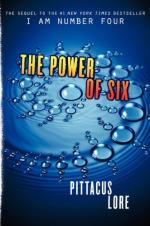|
This section contains 385 words (approx. 2 pages at 300 words per page) |

|
Hogan is sensitive both to Native beliefs and to environmental concerns. One of her strengths as a writer is that she is not didactic about her beliefs, but rather lets them speak for themselves through the power of her story. Her novel is not only about a Native girl trying to make her way in an unsympathetic world, but it also uses Native narrative techniques to tell that story.
Hogan also does not stereotype or vilify white people. Omishto's mother, for example, is treated sympathetically. Omishto may not approve of her mother's marriage to a white man, nor of her beliefs in a fundamentalist religion that demonizes snakes, but she (and therefore the reader) understands why the mother has made the choices she has, and that she, too, is trying to find her way in the white world. Like her daughter, she is in search of...
|
This section contains 385 words (approx. 2 pages at 300 words per page) |

|




